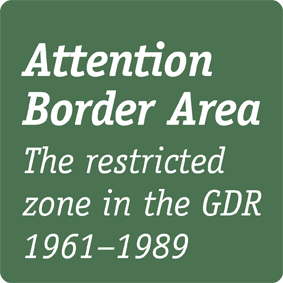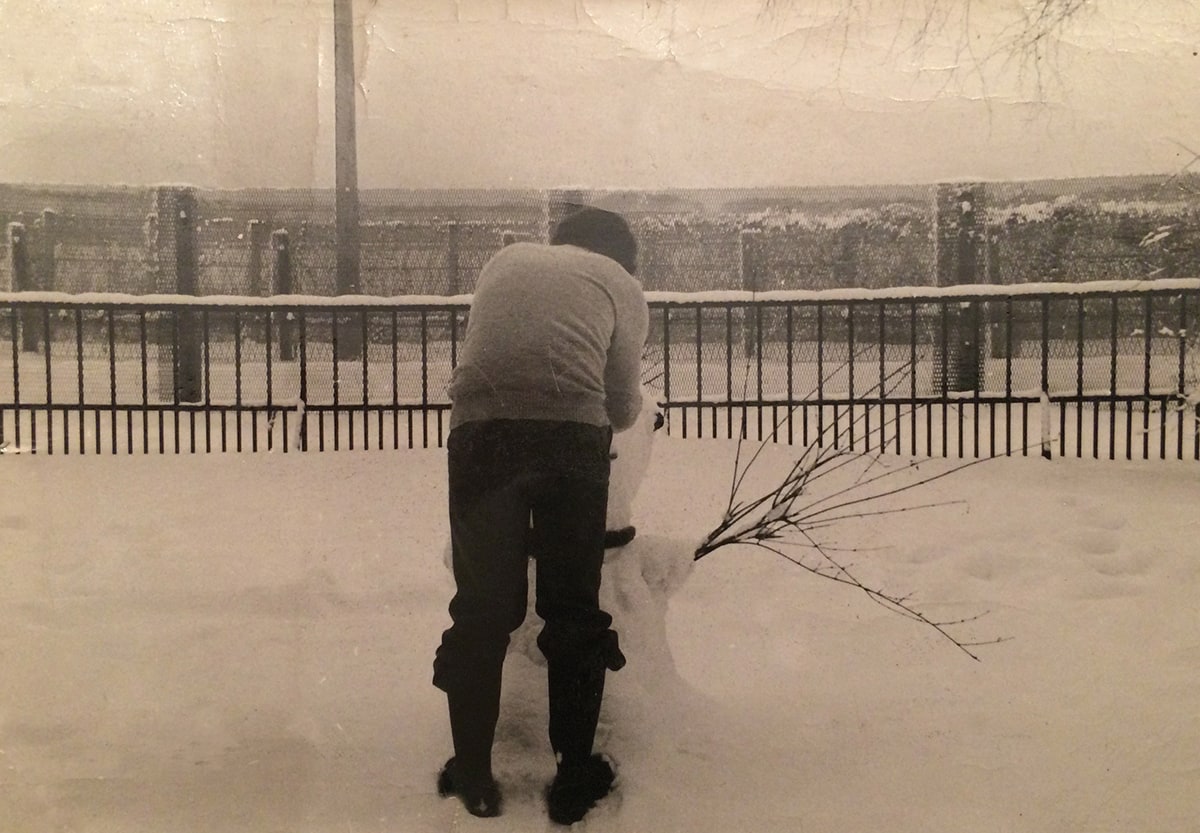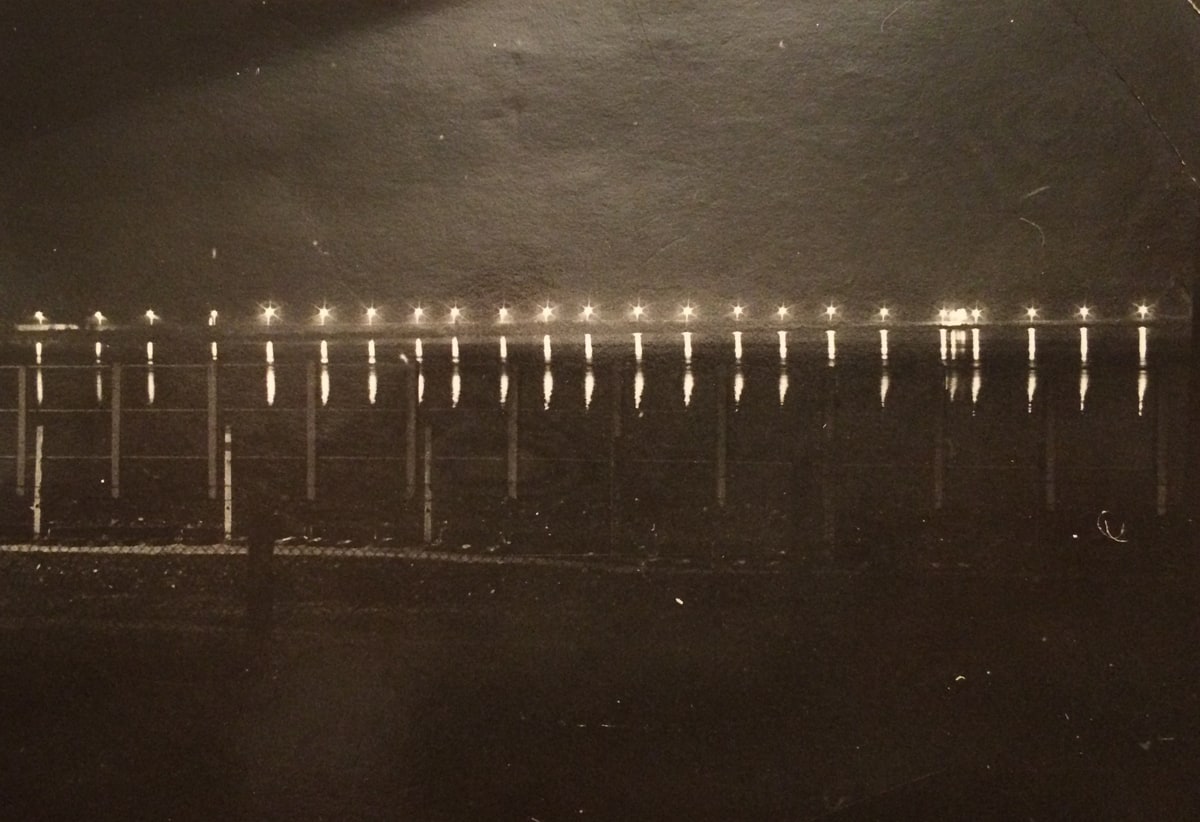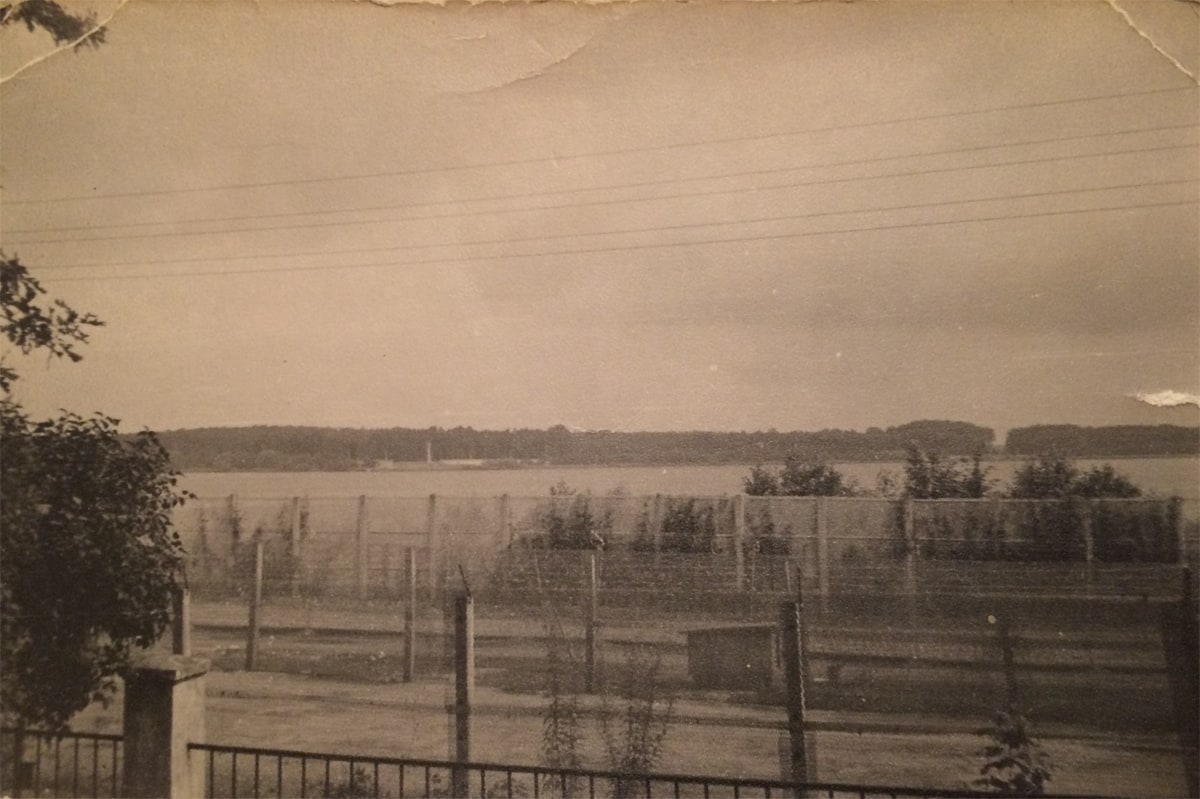Testimonies
Living next to the border
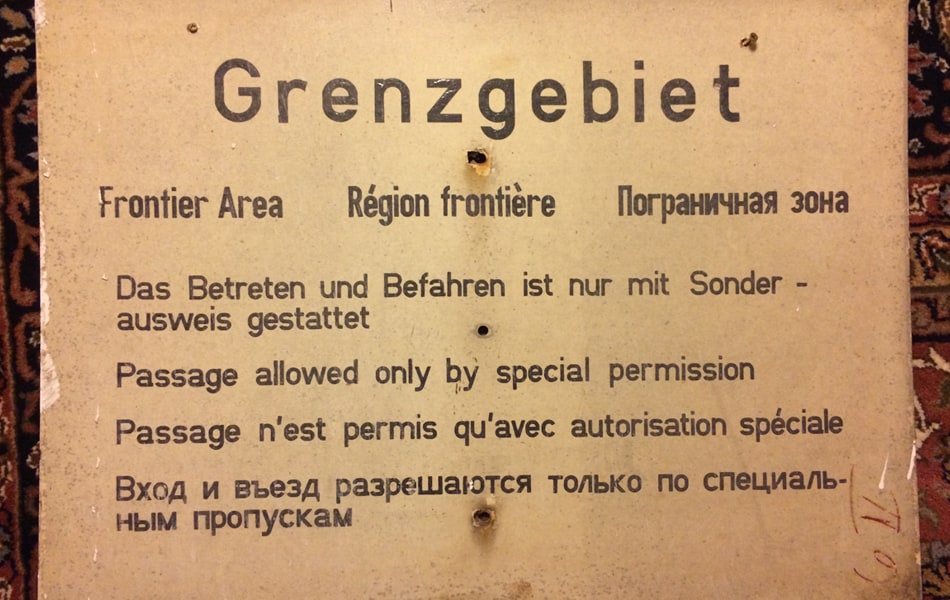 Mrs. H. took this sign as a memento after the border facilities at Jungfernsee lake were dismantled - Photo: Privatbesitz
Mrs. H. took this sign as a memento after the border facilities at Jungfernsee lake were dismantled - Photo: Privatbesitz
Mrs. H. (resident on Schwanenallee from 1971 to 2002)
Mrs. H. lived on Berliner Strasse with her husband since 1965. As their daughter grew older, their cramped basement apartment had almost become unlivable. Her petitions for a bigger apartment were rejected, however, housing being in short supply. So the couple (both teachers by profession) wrote a letter to the municipal school inspector, threatening not to vote if they did not receive a better apartment. Not voting in the GDR was tantamount to an act of resistance against the ruling SED. The threat was effective.
Front yard of Schwanenallee 11 with adjacent frontier barrier (illegal private photograph, 1972) - Photo: Privatbesitz
Not long afterwards the school inspector paid them a personal visit and offered them a new apartment. In January 1971, the H. family moved to Schwanenallee, which was located in the border zone and only accessible via the checkpoint at Glienicke Bridge / Villa Schöningen. Nos. 11 and 12 at the end of the street had been excluded from the border area in 1968, however, in response to a petition. Schwarzer Weg, a paved access road, led from there to Tizianstrasse. The occupants of these two buildings, despite having a direct view of the border facilities and Jungfernsee, were not in the border area and were free to move about without a permit. The occupants of nos. 11 and 12 were completely cut off from their actual neighbors on Schwanenallee. In addition to apartments, Schwanenallee 12 served as a cosmetics warehouse for VEB Londa. The end of Schwarzer Weg had a turning circle for delivery trucks. Local residents had three prefabricated private garages erected there, one of which belonged to the H. family.
Border fortifications by night with a view of the floodlights, seen from the Sacrow side, 1975 - Photo: Privatbesitz
The villa at Schwanenallee 11 became state property of the GDR in 1950 and was administered by Potsdam City Council, which allocated the four apartments in it according to profession: two for public-school teachers and one each for members of the police and the army. The tenants living there before the H. family had likewise been teachers. Apart from a second teacher and his family, a policeman lived in the building as well as an army major and his family. As a military officer, the major was the only resident allowed to use the shortcut to Böcklinstrasse, which started right at the border fence. The officer had three daughters, and Mrs. H. recalls that the border soldiers always hung around the entrance of the building to woo these young ladies. The border fence supposedly sagged from the young men always leaning on it. Otherwise contact to border soldiers was reserved but friendly. On the first New Year’s Eve they spent on Schwanenallee, for example, Mrs. H. and her husband placed two glasses and a bottle of champagne on the garden fence for the soldiers on duty, who consumed it shortly afterwards.
The facilities outside the H. family home changed over time. In the early 1970s there were three border fences with the height of 2 meters, with additional security measures being added over time. Dog runs were set up. Mrs. H. was saddened to see these lonely animals being fed but never petted. The fences were raised and the hinterland fence was replaced by a wall. Mrs. H. recalls that this happened 25 years after the Wall was built, in 1986. The new wall blocked what was left of the view of idyllic Jungfernsee. Finally, a surveillance tower was built between nos. 11 and 12. The soldiers on duty often got bored and would look down onto her terrace – a real nuisance to Mrs. H. She also recalls how loud the motorboats were, and that the boat company seemed to pass the time by holding boat races. There was also the sporadic barking of dogs. She can’t remember ever hearing gunshots, though. All in all she describes her life on Schwanenallee as rather calm and pleasant.
The only telephone in the house was in one of the teacher’s apartments, but everyone in the building was allowed to use it. After 1989 they found out that this neighbor had been spying for the Stasi, possibly passing on private information from the phone calls he overheard in his apartment. The major was in charge of keeping the »house book«, the mandatory register of tenants and visitors. This was particularly important in the case of visitors from the West. The H. family regularly watched Western television. In 1986, their daughter emigrated to the West by means of a formal application procedure. She had not discussed the details with her mother, probably in order to protect her. Once the news got out, however, a family they’d been on friendly terms with in the neighboring building, Schwanenallee 12, broke off all contact with the H. family. These neighbors were MfS employees. In the late 1980s, Mrs. H. was able to visit her daughter in West Germany when accompanying her own physically disabled mother there on visits.The facilities outside the H. family home changed over time. In the early 1970s there were three border fences with the height of 2 meters, with additional security measures being added over time. Dog runs were set up. Mrs. H. was saddened to see these lonely animals being fed but never petted. The fences were raised and the hinterland fence was replaced by a wall. Mrs. H. recalls that this happened 25 years after the Wall was built, in 1986. The new wall blocked what was left of the view of idyllic Jungfernsee. Finally, a surveillance tower was built between nos. 11 and 12. The soldiers on duty often got bored and would look down onto her terrace – a real nuisance to Mrs. H. She also recalls how loud the motorboats were, and that the boat company seemed to pass the time by holding boat races. There was also the sporadic barking of dogs. She can’t remember ever hearing gunshots, though. All in all she describes her life on Schwanenallee as rather calm and pleasant.
The only telephone in the house was in one of the teacher’s apartments, but everyone in the building was allowed to use it. After 1989 they found out that this neighbor had been spying for the Stasi, possibly passing on private information from the phone calls he overheard in his apartment. The major was in charge of keeping the »house book«, the mandatory register of tenants and visitors. This was particularly important in the case of visitors from the West. The H. family regularly watched Western television. In 1986, their daughter emigrated to the West by means of a formal application procedure. She had not discussed the details with her mother, probably in order to protect her. Once the news got out, however, a family they’d been on friendly terms with in the neighboring building, Schwanenallee 12, broke off all contact with the H. family. These neighbors were MfS employees. In the late 1980s, Mrs. H. was able to visit her daughter in West Germany when accompanying her own physically disabled mother there on visits.
Photos taken from Schwanenallee 11 of the frontier barriers with dog houses and death strip - Photo: Privatbesitz
The afternoon of November 10, 1989 was spent by Mr. and Mrs. H. with friends on their patio. They had heard that day that Glienicke Bridge would still remained closed. Around 6 p.m., however, they suddenly heard shouting and cheering. They hurried to the bridge, just in time witness the opening of the border at the former »Bridge of Unity«. A married couple from West Berlin approached them on the bridge. They spontaneously embraced each other and invited the couple over for champagne. Their friendship has lasted to the present day, and the two families even vacation together. Mrs. H. remembers seeing many trucks drive up to building no. 12 between 1989 and 1990. The chimney was in constant use. Since father and son of the neighboring family, their former friends, were both fulltime Stasi employees, she suspects that important MfS files were being burned in the stove. Her own Stasi file has disappeared without a trace.
The descendants of the previous owner, a royal architect, were living in the United States and had no interest in reclaiming the property, so the building was eventually sold to a family. The H. family was paid an indemnity upon moving out. According to Mrs. H., the negotiations were conducted respectfully. The building was rundown when they moved out in 2002. Almost nothing had been done to the building during the GDR, apart from a few emergency repairs to the plumbing and the roof. In 2002, she and her husband moved to Berliner Strasse.
